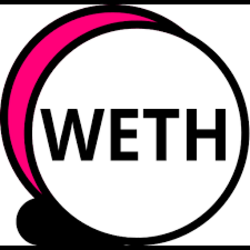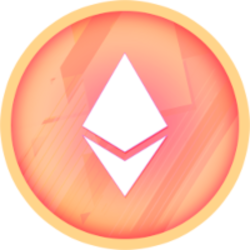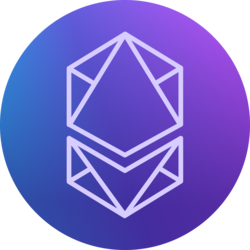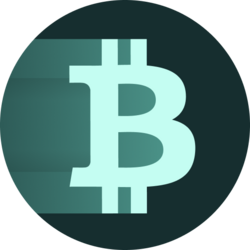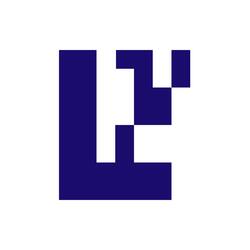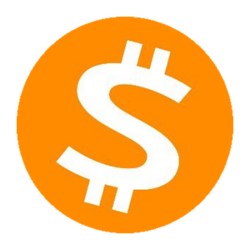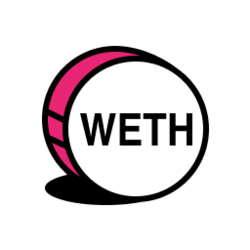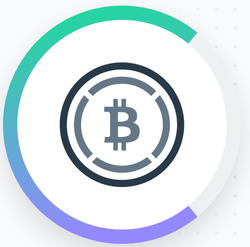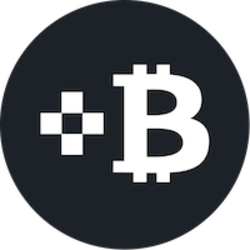Thinking about making your side-chain your main chain? You’ll probably want to know a little more about Layer 2 (L2) solutions are and how they work in conjunction with their Layer 1 (L1) counterparts.
Layer 2 solutions are becoming more common, and in many cases necessary to help create secure scalability for some of the most widely used blockchain networks like Bitcoin and Ethereum.
So what does L2 mean for you and why should you care?

Layer 2 Solutions in Their Natural Habitat
In this guide, we’ll talk about what Layer 2 solutions are, why L2s are necessary, some benefits and drawbacks of L2 solutions, and go over some examples of some of the more common L2s like Polygon, Optimism, and Arbitrum and where you might encounter them. Layer 2 solutions make the blockchain more accessible to more people, and are very often considerably less expensive to use than their Layer 1 counterparts.
So if you’re thinking about leaving your main chain for your side chain, keep reading to learn more!
Peeling Back the Layers
Some preliminaries before we dig in: in this article we assume the reader has at least some basic familiarity with L1 tech like Bitcoin and Ethereum. If you’re brand new to crypto and blockchain, consider checking out some of our introductory learning resources here. This also assumes you’ve had some experience transacting and interacting with the blockchain.
What are L2 Blockchain Solutions?
One of the main challenges with blockchain technology is that it can be slow and expensive to process transactions. This is because each transaction needs to be validated and recorded on the blockchain, which can take time and incur fees. Layer 2 solutions are a way to address this scalability issue by allowing some transactions to be processed of-chain, without needing to record them on the main blockchain.
This means that transactions can be processed much faster and cheaper, without sacrificing security or decentralization.
Succinctly, L2s help to address some of the issues posed by the blockchain trilemma while creating a fast, secure, and decentralized solution for users.
Why are L2 Blockchain Solutions Necessary?
The need for L2 solutions arises from the fact that most current blockchain networks have limited scalability. For example, Bitcoin can only process around 7 transactions per second (tps), while Ethereum can handle around 15-45 tps. This is far lower than traditional payment networks like Visa, which can process thousands of transactions per second.
As the number of users and transactions on blockchain networks grows, this scalability issue becomes even more pronounced. This can lead to slow transaction times and high fees, which can make blockchain-based applications less practical and less user-friendly.
L2 solutions provide a way to overcome these scalability limitations by processing some transactions off-chain, while still maintaining the security and decentralization of the underlying blockchain.
Benefits and Drawbacks
There are several benefits to using L2 solutions. First, they can significantly increase the scalability of blockchain networks, allowing for faster and cheaper transactions. This can make blockchain-based applications more practical and user-friendly. L2 solutions can reduce congestion on the main blockchain, which can improve overall network efficiency. This is because off-chain transactions do not need to be validated and recorded on the main blockchain, freeing up space for other transactions. Third, L2 solutions can enable new use cases for blockchain technology, such as micropayments and real-time applications, which may not be feasible on the main blockchain due to scalability limitations.
However, there are also some drawbacks to using L2 solutions. For example, there is an increased risk of centralization, as L2 solutions may be run by a smaller number of nodes or providers. This could potentially compromise the security and decentralization of the underlying blockchain network. Second, L2 solutions may require additional trust assumptions, such as trusting the operators of the L2 solution to properly execute transactions and maintain security. Finally, L2 solutions may introduce additional complexity for users, as they may need to interact with multiple layers and protocols to use blockchain-based applications.
Some Examples of Layer 2 Technology
There are several L2 solutions currently being developed and deployed for various blockchain networks. These examples include some of the types of Layer 2 technology being developed as well as some actual Layer 2 solutions. Some examples include:
- Lightning Network (Bitcoin): The Lightning Network is a payment channel network built on top of the Bitcoin blockchain. It allows users to create payment channels between each other, which can be used to process transactions off-chain. This enables fast and cheap micropayments, and can significantly increase the scalability of the Bitcoin network.
- Plasma (Ethereum): Plasma is a framework for building L2 solutions on top of the Ethereum blockchain. It allows for the creation of “child chains” which can process transactions off-chain, and then periodically commit them to the main Ethereum blockchain. This can significantly increase the scalability of the Ethereum network, while maintaining the security and decentralization of the main blockchain.
- Polygon: Polygon, formerly known as Matic Network, is a layer 2 scaling solution for Ethereum that uses sidechains to process transactions off-chain. These sidechains are interoperable with the Ethereum mainnet, allowing developers to build applications that benefit from the scalability of Polygon’s sidechains while still being able to interact with the Ethereum ecosystem. Polygon also provides its own set of tools and infrastructure, including a Plasma-based scaling solution and a bridge to transfer assets between Ethereum and Polygon.
- Rollups (Ethereum): Rollups are another type of L2 solution for Ethereum. They work by processing transactions off-chain, and then periodically committing them to the Ethereum blockchain in a compressed format. There are two main types of rollups: optimistic rollups and zk-rollups.
- Optimistic rollups assume that most transactions will be valid and only resort to the Ethereum blockchain if there is a dispute. They offer high scalability and low fees, but there is a small risk that disputes may not be resolved properly, leading to security concerns.
- Arbitrum: Arbitrum is an optimistic rollup solution for Ethereum that allows for off-chain transaction processing while maintaining the security and decentralization of the Ethereum blockchain. Optimistic rollups assume that most transactions will be valid and only revert to the Ethereum mainnet in case of disputes. This allows for faster transaction processing and lower fees than on the Ethereum mainnet. Arbitrum uses a unique approach to optimistic rollups called the “rollup-centric design”, which aims to optimize for user experience and developer-friendliness. This design approach also enables seamless integration with existing Ethereum applications.
- Zk-rollups, on the other hand, use zero-knowledge proofs to prove the validity of transactions off-chain, eliminating the need for trust in the operator of the L2 solution. They provide strong security guarantees and can achieve even higher scalability than optimistic rollups, but may be more complex to set up and use.
- Optimism: Optimism is another optimistic rollup solution for Ethereum that uses zero-knowledge proofs (zk-rollups) to prove the validity of transactions off-chain. Zk-rollups provide even stronger security guarantees than optimistic rollups, as they eliminate the need for trust in the operator of the L2 solution. Optimism uses a custom implementation of zk-rollups called Optimistic Virtual Machine (OVM), which allows developers to write and deploy smart contracts on the L2 solution with minimal changes from the Ethereum mainnet. This makes it easy for developers to bring their existing Ethereum applications to Optimism’s L2 solution, while also benefiting from faster transaction speeds and lower fees.
- Other examples of L2 solutions include state channels, which are similar to the Lightning Network but built for Ethereum, and sidechains, which are separate blockchain networks that can interact with the main blockchain.
How to Use L2
If you’re interested in using an L2 solution for the first time, the process will depend on the specific solution you want to use. However, in general, here are some steps you might follow:
- Choose an L2 solution: Research different L2 solutions and choose one that fits your needs. Consider factors like scalability, security, fees, and user-friendliness.
- Set up a wallet: Most L2 solutions require you to have a specific wallet that is compatible with the solution. Set up a wallet that supports your chosen L2 solution and transfer some funds to it. If you’re using an Ethereum or EVM-compatible L2, MetaMask is a popular wallet and we’ve got a write-up about MetaMask you can check out here [INSERT LINK HERE]
- Connect to the L2 solution: Depending on the solution, you may need to connect to it using a specific tool or protocol. For example, if you want to use the Lightning Network, you’ll need a Lightning Network-enabled wallet and channels with other users.
- Use the L2 solution: Once you’re connected to the L2 solution, you can start using it to process transactions. For example, you might use the Lightning Network to make micropayments, or use a rollup to interact with a decentralized application.
- Monitor your transactions: Keep an eye on your transactions to make sure they’re being processed correctly and that you’re not paying excessive fees. If you encounter any issues, reach out to the L2 solution’s support team for assistance.
Layer 2 solutions offer a promising way to address the scalability limitations of blockchain technology. They can significantly increase transaction speeds and reduce fees, while maintaining the security and decentralization of the underlying blockchain. However, there are also potential drawbacks to using L2 solutions, such as increased complexity and risk of centralization. If you’re interested in using an L2 solution, make sure to do your research and choose one that fits your needs and preferences.











